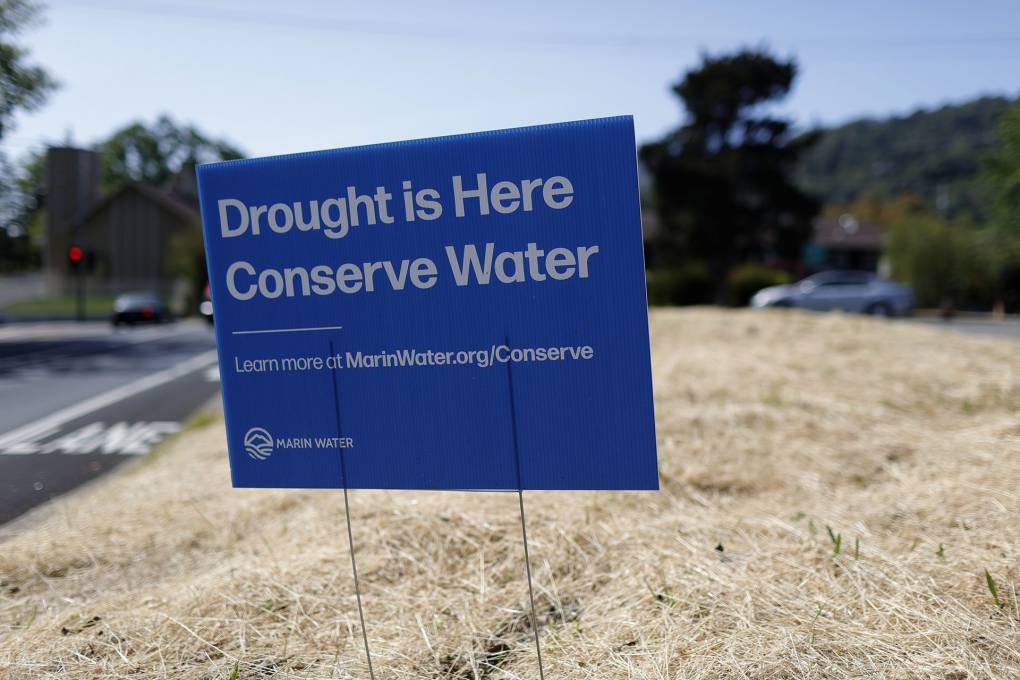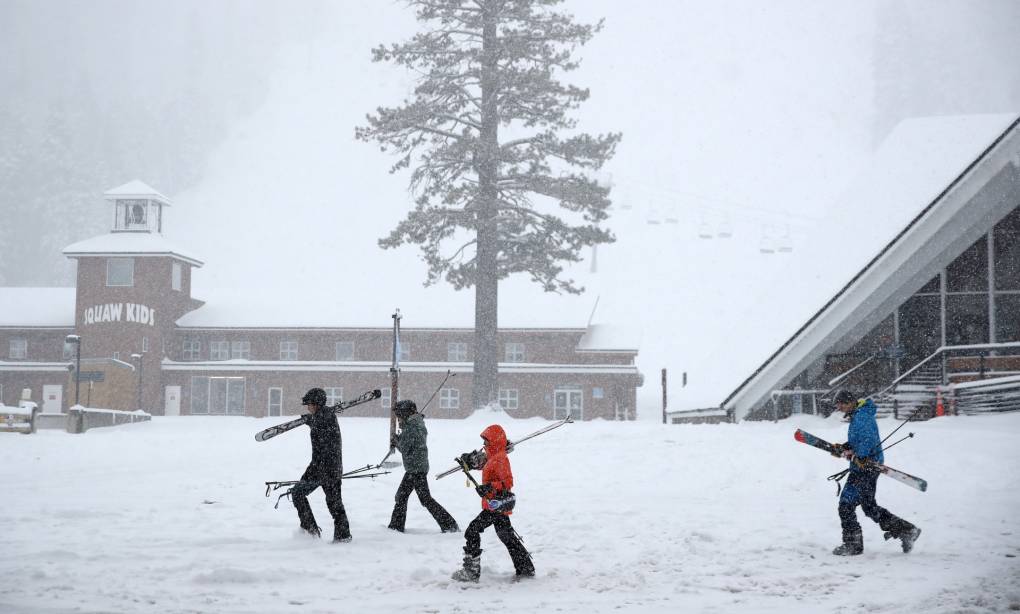Drought-stricken California’s winter mountain snowpack is far below average after two historically dry months that reversed gains from storms late last year, officials said Tuesday as they urged the nation’s most populous state to conserve water.
The water content of the statewide snowpack is just 63% of normal to date and the snowmelt forecast is just 66% of average, a state Department of Water Resources official said in a webcast from Phillips Station, one of hundreds of measuring sites in the Sierra Nevada.
“That’s not enough to fill up our reservoirs, and without any significant storms on the horizon, it’s safe to say that we’ll end this year dry and continue on into the third year of this ongoing drought,” said Sean de Guzman, manager of the department’s snow surveys and water supply forecasting section.
Statewide reservoir storage is at about 73% of average, and the largest reservoir, Lake Shasta, is only 37% full, de Guzman said.
California’s water supply problems stem from a historic drought tied to climate change that is gripping the U.S. West. Snowmelt from the Sierra Nevada and other mountain ranges normally provides about a third of the state’s water supply.





